Home>Renovation & DIY>Tools & Equipment>How To Clean Enamel Paint Brushes
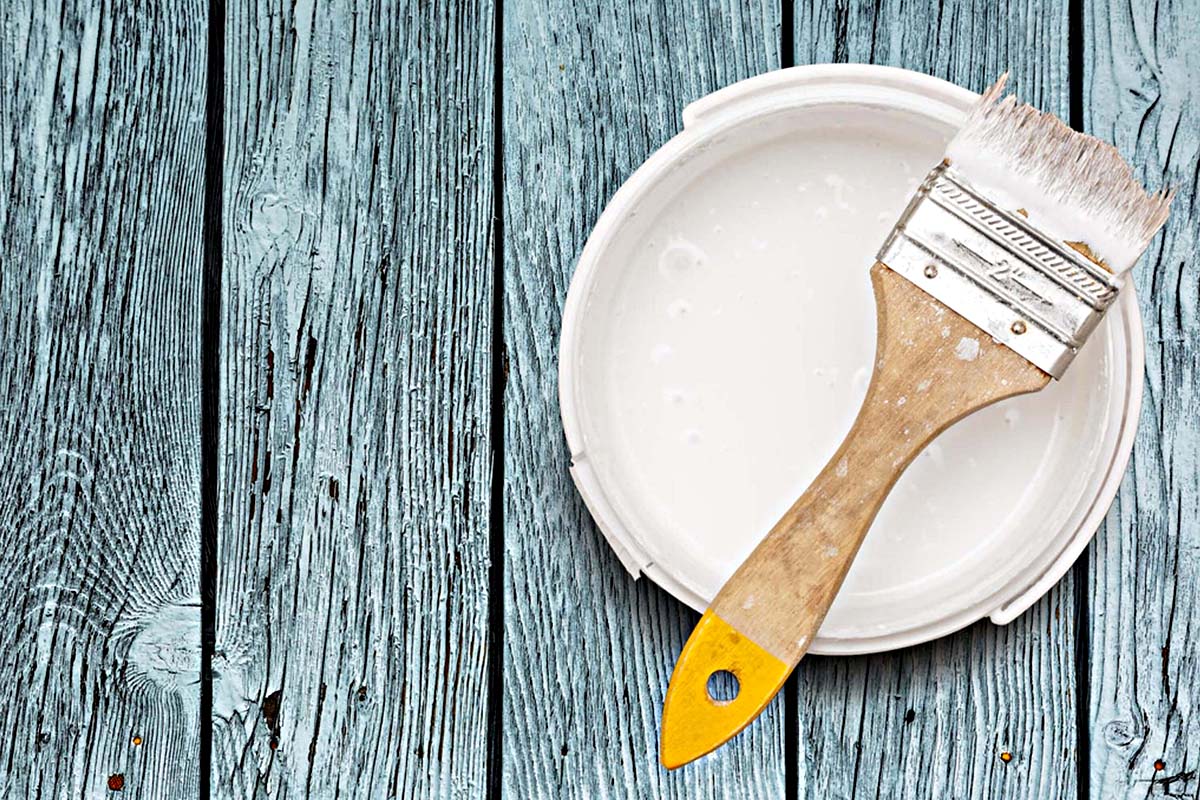

Tools & Equipment
How To Clean Enamel Paint Brushes
Modified: February 25, 2024
Learn how to effectively clean enamel paint brushes using the right tools and equipment. Keep your brushes in top condition for your next painting project.
(Many of the links in this article redirect to a specific reviewed product. Your purchase of these products through affiliate links helps to generate commission for Storables.com, at no extra cost. Learn more)
Introduction
Enamel paint is a popular choice for its durable and glossy finish, making it ideal for various DIY projects and professional applications. However, cleaning enamel paint brushes requires a different approach compared to cleaning brushes used with water-based paints. Proper cleaning not only extends the lifespan of your brushes but also ensures a smooth and consistent application of enamel paint in future projects. In this guide, we will explore the step-by-step process of effectively cleaning enamel paint brushes, along with the materials needed for the task.
Key Takeaways:
- Properly cleaning enamel paint brushes is crucial for maintaining their quality and ensuring smooth application. Gather materials, remove excess paint, and use soap, vinegar, or a brush restorer for effective cleaning.
- After cleaning, ensure brushes are thoroughly dried and stored properly to maintain their quality. Reshape bristles, air dry in a well-ventilated area, and consider using protective covers for storage.
Read also: 14 Best Enamel Paint Brushes For 2024
Materials Needed
Before embarking on the task of cleaning enamel paint brushes, it’s essential to gather the necessary materials. Having the right tools at hand will streamline the cleaning process and help maintain the quality of your brushes. Here are the materials you will need:
- Enamel paint thinner or mineral spirits
- Mild liquid soap
- Vinegar
- Old rag or paper towels
- Paint brush restorer (optional)
- Container for soaking
- Protective gloves
- Eye protection (goggles)
- Well-ventilated area or outdoor space
Ensuring that you have these materials readily available will make the process of cleaning enamel paint brushes more efficient and convenient. Additionally, using protective gear such as gloves and goggles is crucial when working with enamel paint thinners and other cleaning agents to safeguard your skin and eyes.
Step 1: Removing Excess Paint
Before delving into the cleaning process, it’s important to remove as much excess paint from the brush as possible. This initial step significantly aids in simplifying the subsequent cleaning stages. Here’s how to effectively remove excess enamel paint from your brushes:
- Scraping: Utilize a putty knife or the edge of a paint can to gently scrape off the excess paint from the bristles. This helps prevent the paint from hardening deep within the brush.
- Wiping: Use an old rag or paper towels to wipe the bristles and remove any remaining paint residue. Press the bristles firmly between the folds of the rag to draw out the paint.
- Repeat if Necessary: For brushes with particularly heavy buildup, repeat the scraping and wiping process until the majority of the paint is removed.
By diligently removing excess paint before proceeding to the cleaning stage, you pave the way for a more effective and thorough cleaning process. This simple yet crucial step prevents the paint from hardening within the bristles, ensuring that your brushes remain in optimal condition for future use.
Step 2: Cleaning with Soap and Water
After removing the excess paint, the next step involves cleaning the enamel paint brushes with soap and water. This method is particularly effective for water-based enamel paints. Here’s a detailed guide on how to clean your brushes using this approach:
- Prepare the Cleaning Solution: Fill a container with warm water and add a small amount of mild liquid soap. Swirl the water to create a soapy solution.
- Soak the Brushes: Submerge the brushes in the soapy water, ensuring that the bristles are fully immersed. Allow them to soak for several minutes to loosen the remaining paint.
- Gently Agitate the Bristles: After soaking, gently agitate the bristles with your fingers to dislodge the softened paint. Avoid vigorous scrubbing, as this may damage the bristles.
- Rinse and Repeat: Remove the brushes from the soapy water and rinse them under running water. If traces of paint persist, repeat the soaking and agitating process until the water runs clear.
- Dry Thoroughly: Once the brushes are free of paint and soap, gently shake off excess water and reshape the bristles. Lay them flat or hang them upside down to air dry completely.
Using soap and water is a gentle yet effective method for cleaning enamel paint brushes, especially when dealing with water-based enamel paints. This approach helps preserve the integrity of the bristles while ensuring that the brushes are thoroughly cleaned and ready for future use.
After using enamel paint, clean brushes with mineral spirits or paint thinner. Then wash with warm soapy water and reshape bristles before drying.
Step 3: Using Vinegar Solution
When dealing with dried or stubborn enamel paint on brushes, a vinegar solution can be a valuable ally in the cleaning process. The acidic properties of vinegar help break down and dissolve the paint, making it easier to restore the brushes to their pristine condition. Here’s a comprehensive guide on using a vinegar solution to clean enamel paint brushes:
- Prepare the Vinegar Solution: In a container, mix equal parts of white vinegar and warm water to create a solution. Ensure that there is enough of the mixture to fully submerge the bristles of the brushes.
- Soak the Brushes: Submerge the brushes in the vinegar solution, allowing the bristles to soak for at least an hour. For particularly stubborn paint buildup, consider leaving the brushes to soak overnight.
- Gently Scrub the Bristles: After soaking, use a soft-bristled brush or an old toothbrush to gently scrub the bristles. This helps dislodge the softened paint and ensures that the vinegar solution reaches all areas of the brush.
- Rinse and Repeat: Remove the brushes from the vinegar solution and rinse them thoroughly under running water. If any paint residue remains, repeat the soaking and scrubbing process until the bristles are clean.
- Dry Completely: Once free of paint and vinegar, gently shake off excess water and allow the brushes to air dry completely before storing them.
Utilizing a vinegar solution is an effective method for tackling tough enamel paint buildup on brushes. The acidic nature of vinegar serves as a natural paint remover, making it an invaluable tool in restoring brushes that have been exposed to stubborn enamel paint.
Read more: How To Clean Urethane Paint Brushes
Step 4: Using Paint Brush Restorer
When conventional cleaning methods prove insufficient in removing hardened enamel paint from brushes, a paint brush restorer can come to the rescue. This specialized solution is designed to break down and dissolve tough paint residues, rejuvenating brushes that may seem beyond repair. Here’s a detailed guide on using a paint brush restorer to effectively clean enamel paint brushes:
- Select a Quality Brush Restorer: Choose a reputable paint brush restorer that is specifically formulated for enamel paints. Read the product instructions and safety guidelines carefully before use.
- Application: Pour a sufficient amount of the brush restorer into a container, ensuring that it is deep enough to fully immerse the bristles of the brushes.
- Soak the Brushes: Submerge the brushes in the restorer solution, allowing them to soak for the duration recommended by the product instructions. This typically ranges from a few hours to overnight, depending on the severity of the paint buildup.
- Gently Agitate the Bristles: After soaking, gently agitate the bristles to help loosen the dissolved paint. Avoid using excessive force to prevent damage to the bristles.
- Rinse and Repeat: Remove the brushes from the restorer solution and rinse them thoroughly under running water. If any stubborn paint remnants persist, repeat the soaking and agitating process until the brushes are clean.
- Dry Completely: Once free of paint and restorer, shake off excess water and allow the brushes to air dry completely before storing them.
Utilizing a paint brush restorer offers a potent solution for reviving enamel paint brushes that have encountered stubborn paint buildup. This specialized product can effectively dissolve hardened paint, restoring the brushes to a functional state and extending their lifespan for future projects.
Step 5: Drying and Storing the Brushes
Once the enamel paint brushes have been thoroughly cleaned and restored, proper drying and storage are essential to maintain their quality and ensure they remain in optimal condition for future use. Here’s a comprehensive guide on the final steps of the cleaning process:
- Gentle Drying: After cleaning, gently shake off excess water from the brushes. Use a clean cloth to blot the bristles and remove any remaining moisture. Avoid aggressive squeezing or wringing, as this can misshape the bristles.
- Reshape the Bristles: Ensure that the bristles are reshaped to their original form. Use your fingers to gently comb through the bristles and realign them, maintaining their natural shape and preventing splaying.
- Air Drying: Lay the brushes flat or hang them upside down to air dry in a well-ventilated area. This allows for thorough drying and prevents water from accumulating at the base of the bristles, which can lead to mold or mildew growth.
- Storage: Once completely dry, store the brushes in a suitable container or wrap them in protective covers to prevent dust accumulation and maintain the shape of the bristles. Avoid storing brushes in a cramped or overcrowded space, as this can cause the bristles to bend or deform over time.
- Protective Measures: Consider using brush guards or keeping the original packaging for individual brushes to provide additional protection and maintain their shape during storage.
By following these final steps, you ensure that the enamel paint brushes are not only clean but also properly dried and stored, preserving their quality and usability for future painting projects. Implementing these practices contributes to the longevity of your brushes and facilitates hassle-free painting experiences in the long run.
Frequently Asked Questions about How To Clean Enamel Paint Brushes
Was this page helpful?
At Storables.com, we guarantee accurate and reliable information. Our content, validated by Expert Board Contributors, is crafted following stringent Editorial Policies. We're committed to providing you with well-researched, expert-backed insights for all your informational needs.
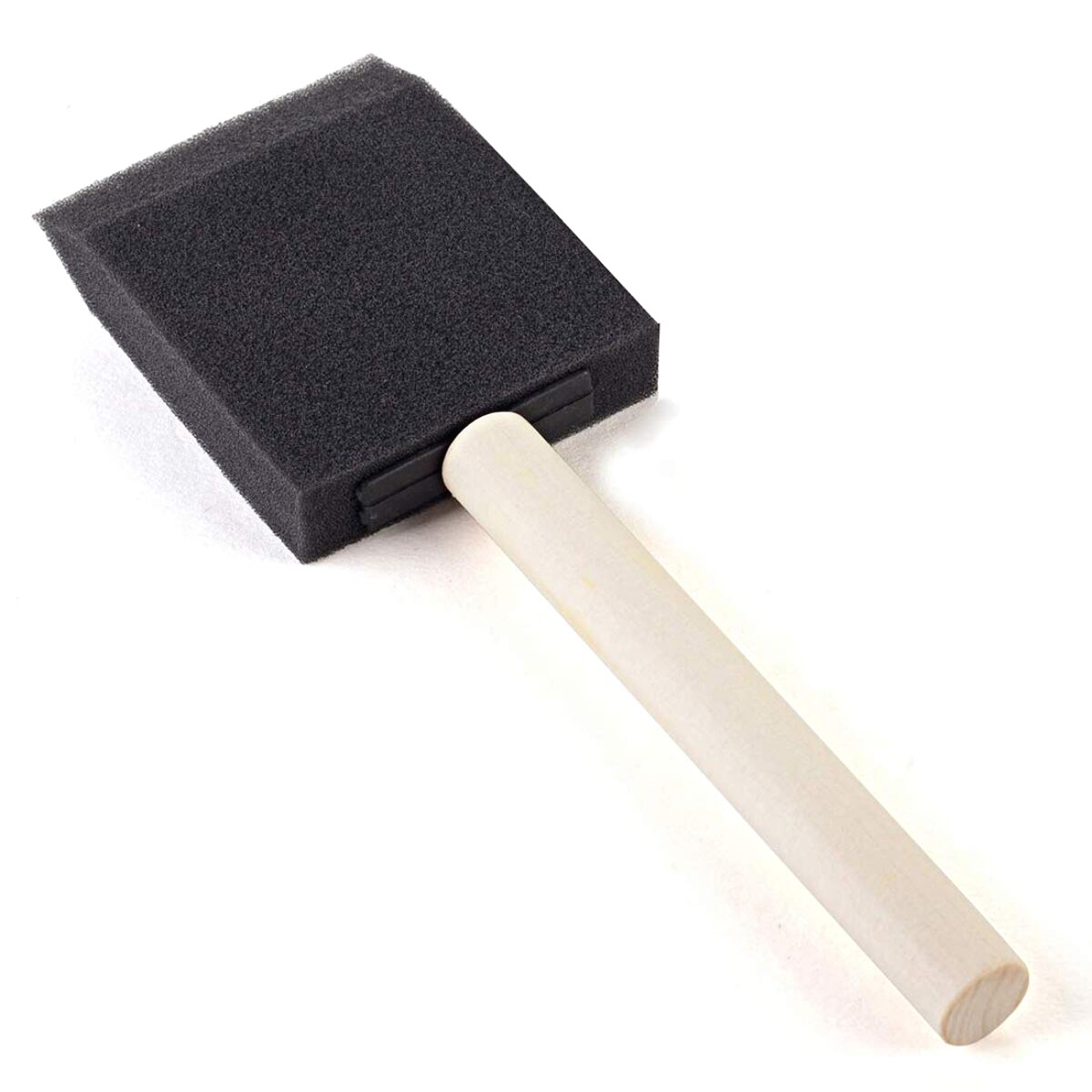
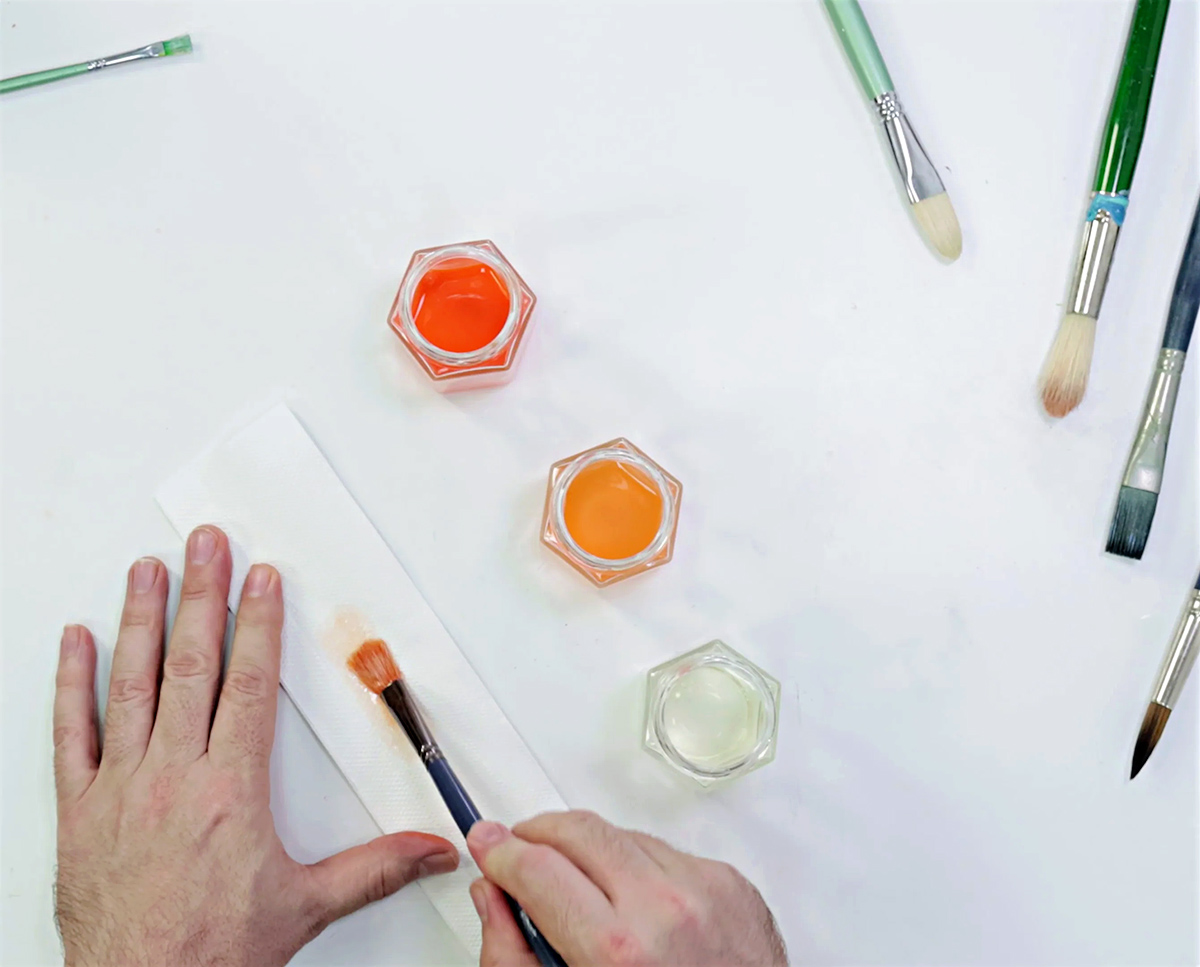
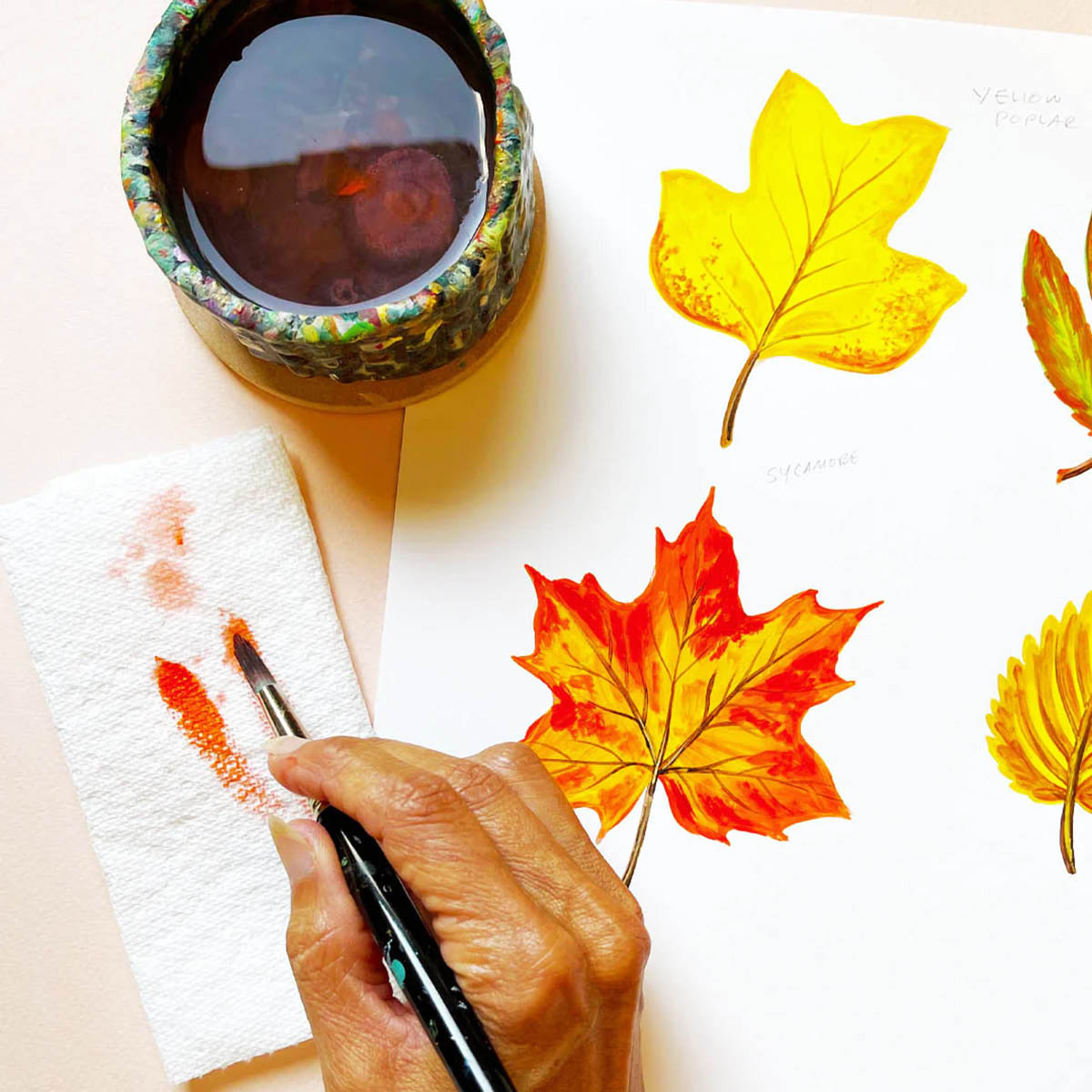
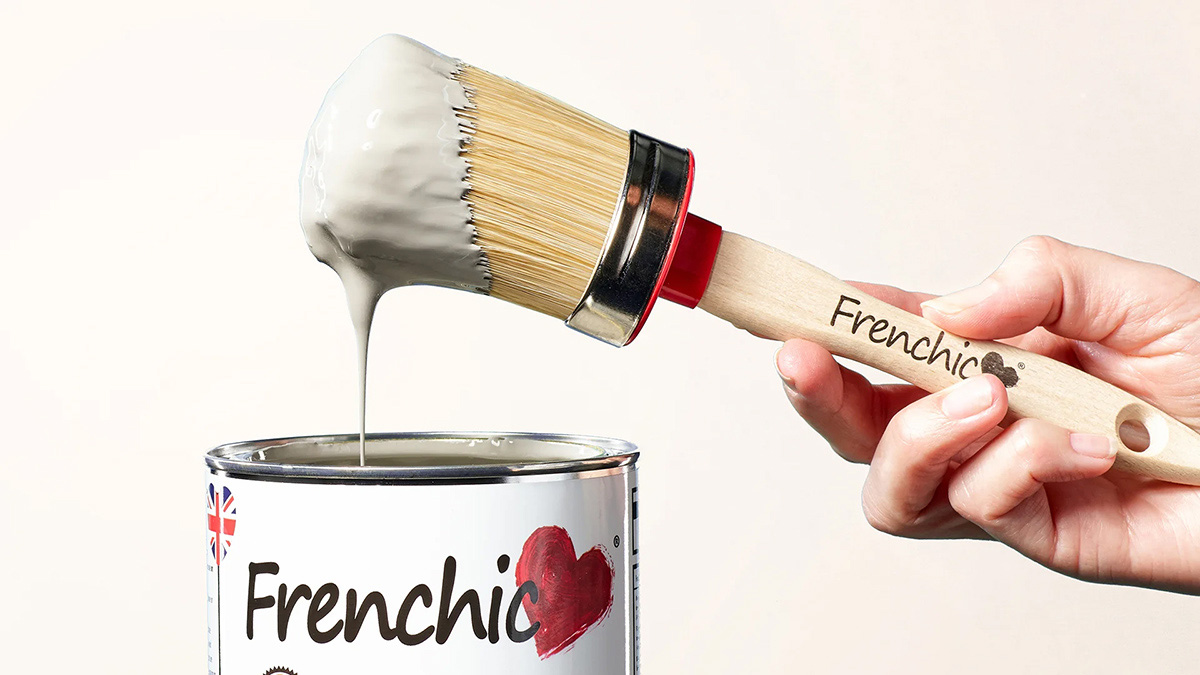
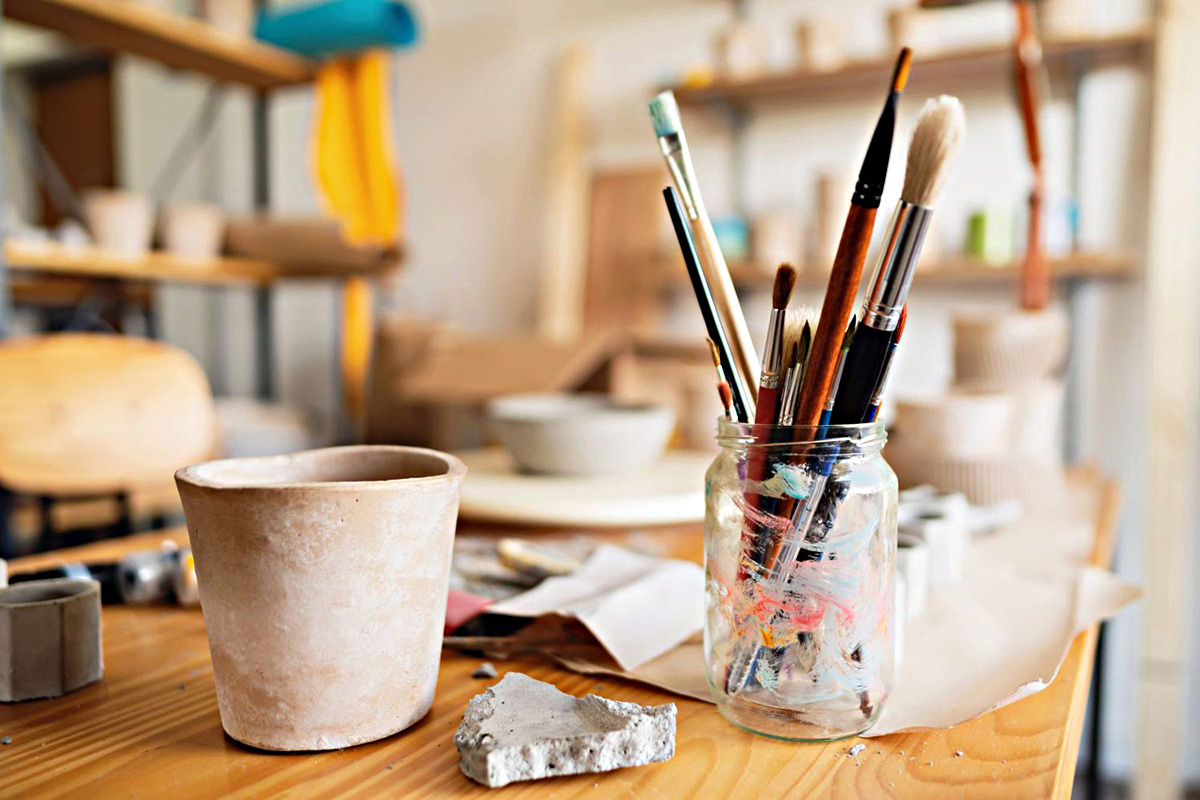
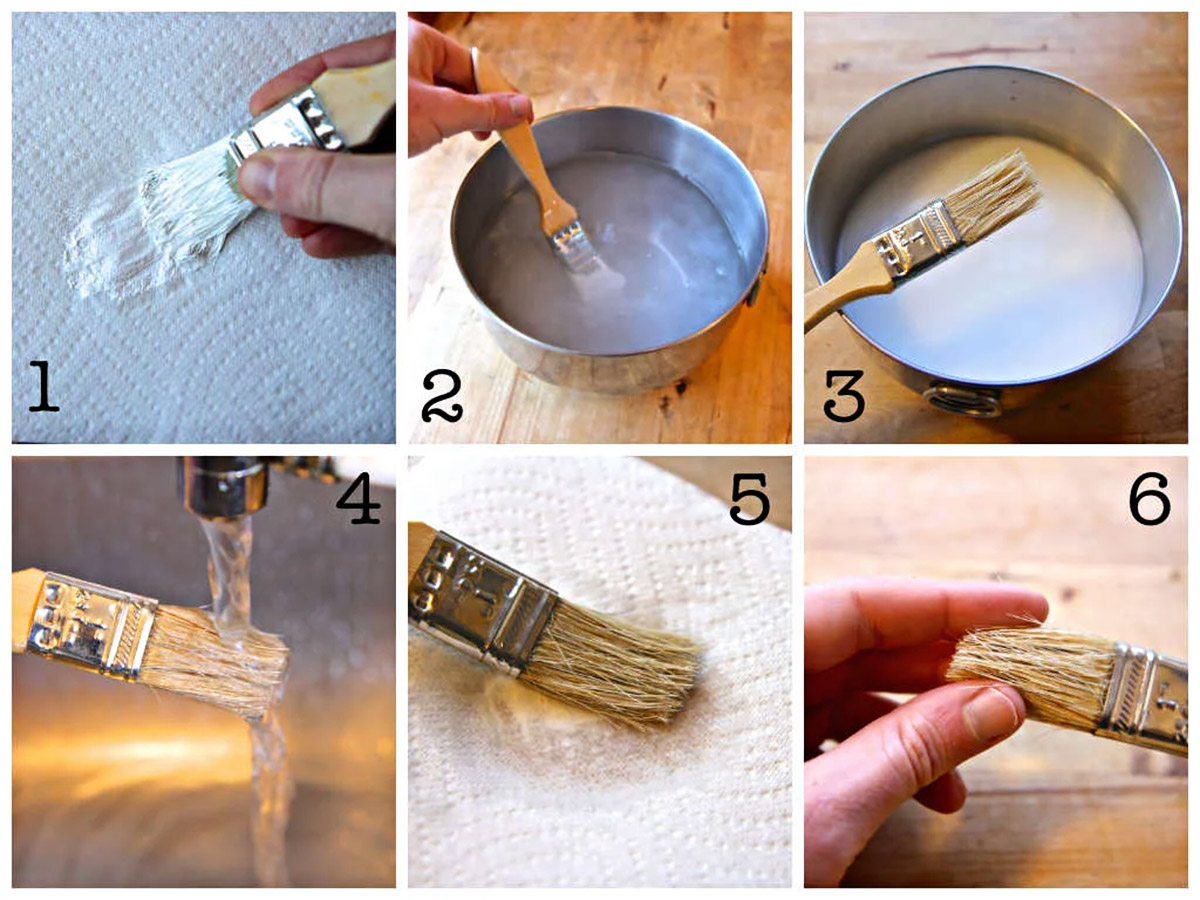
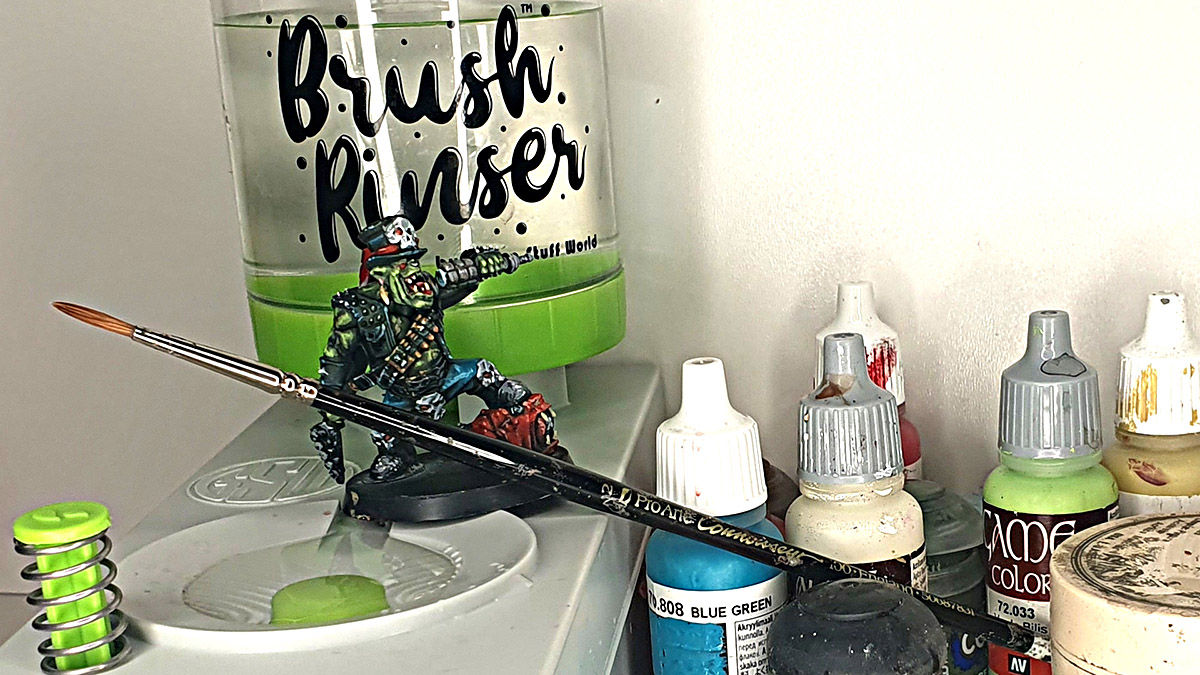
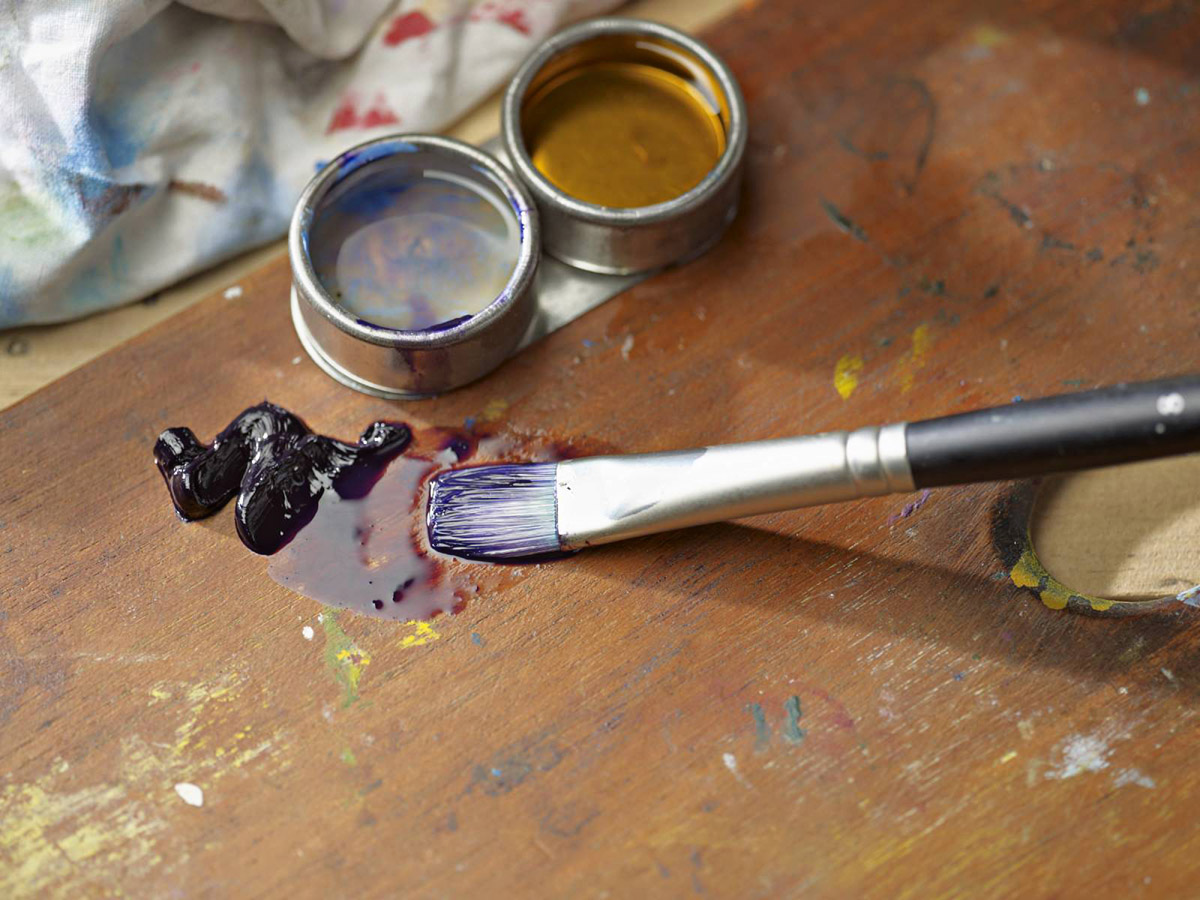
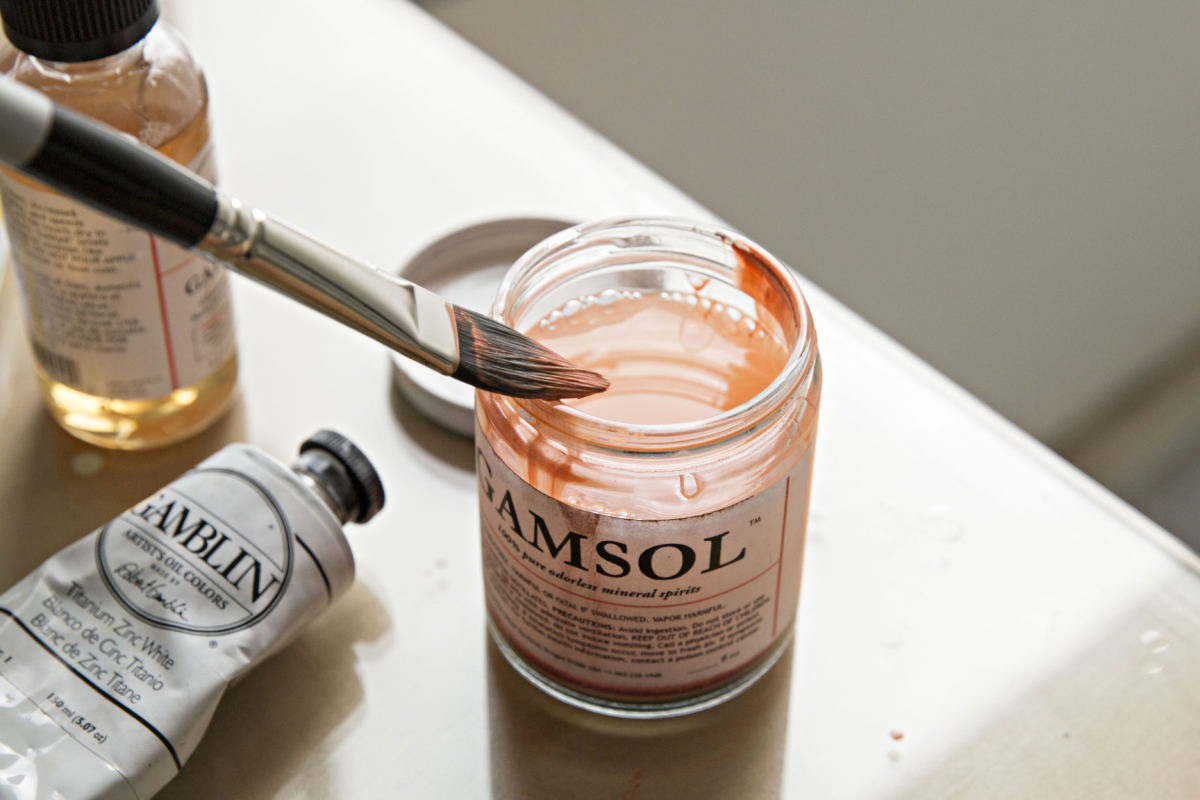
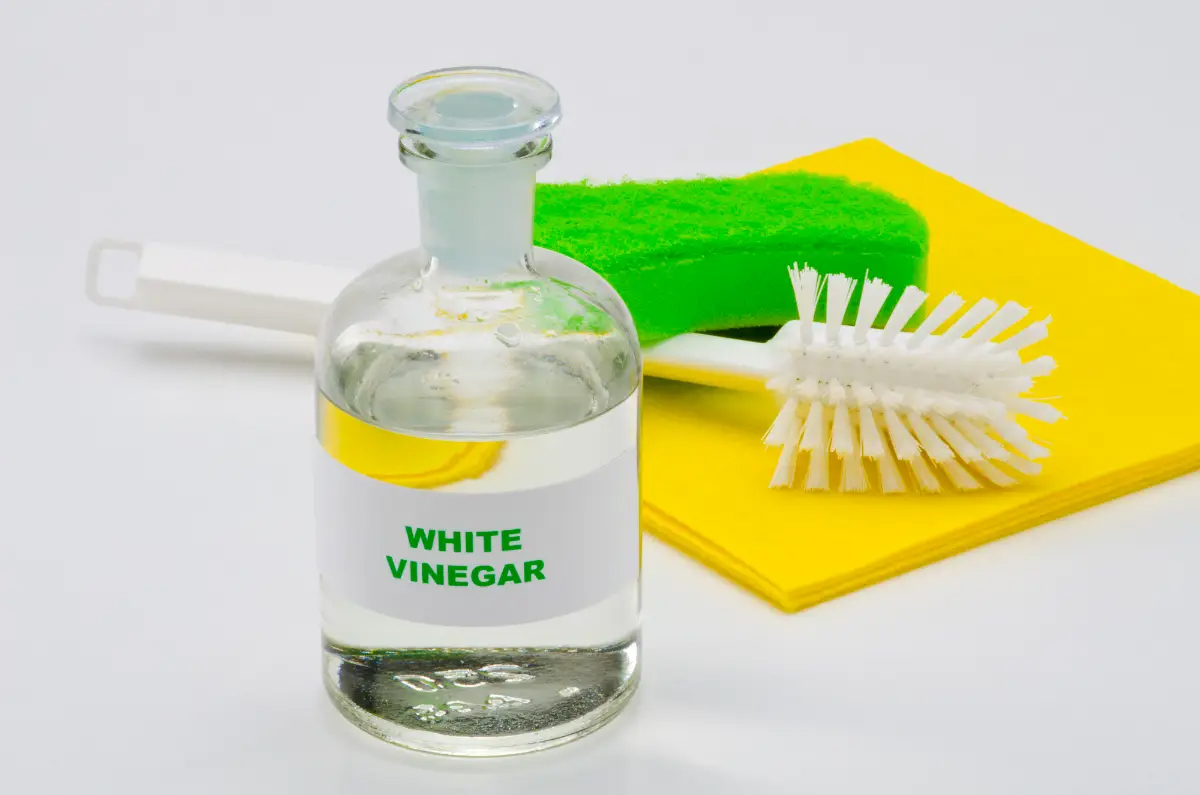
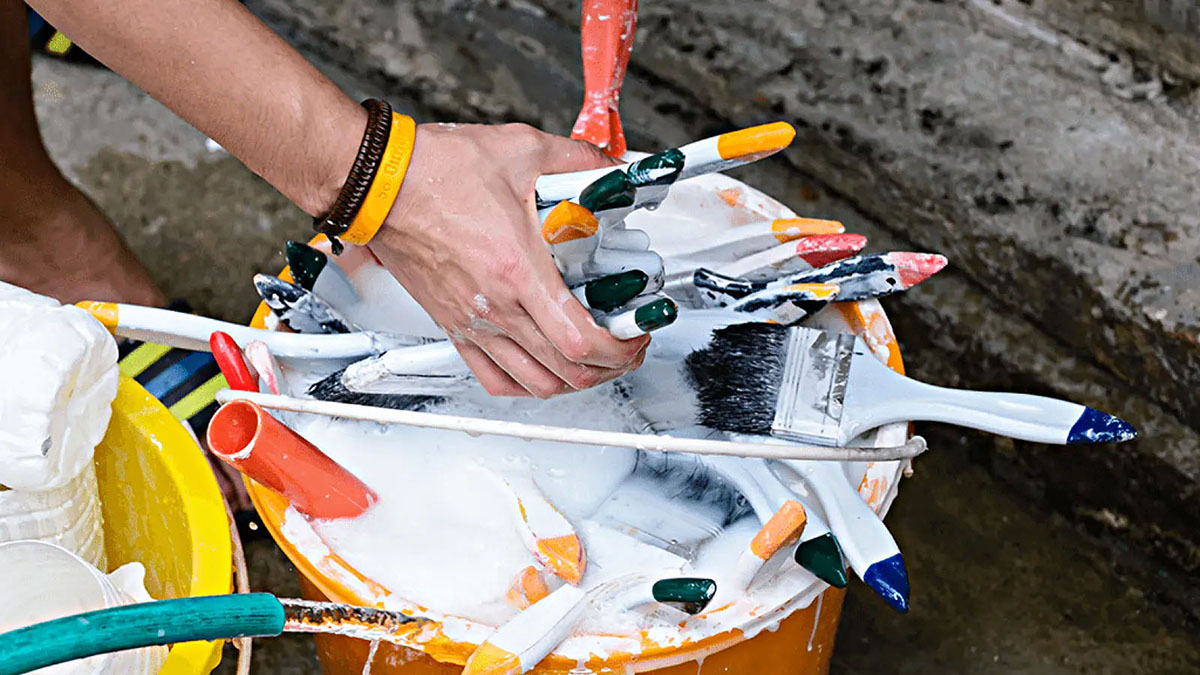
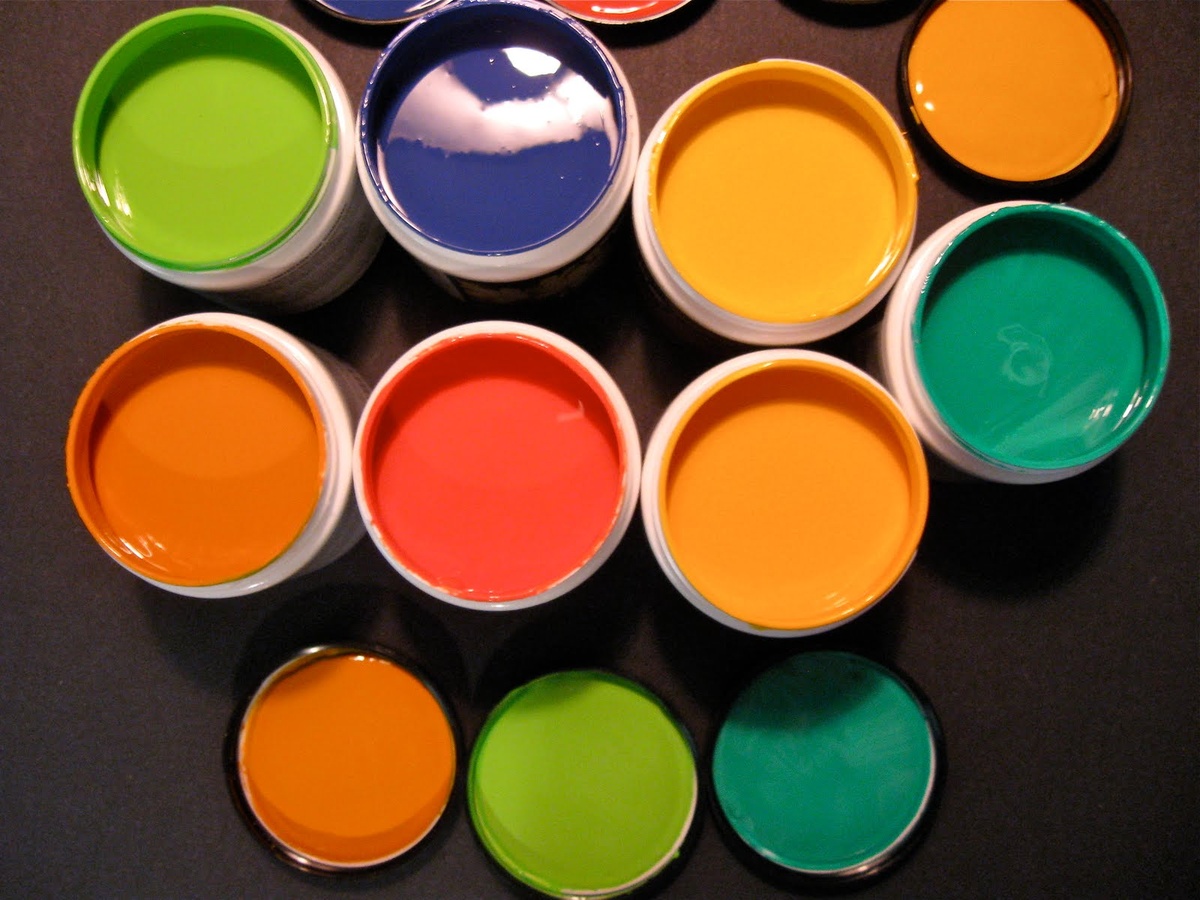
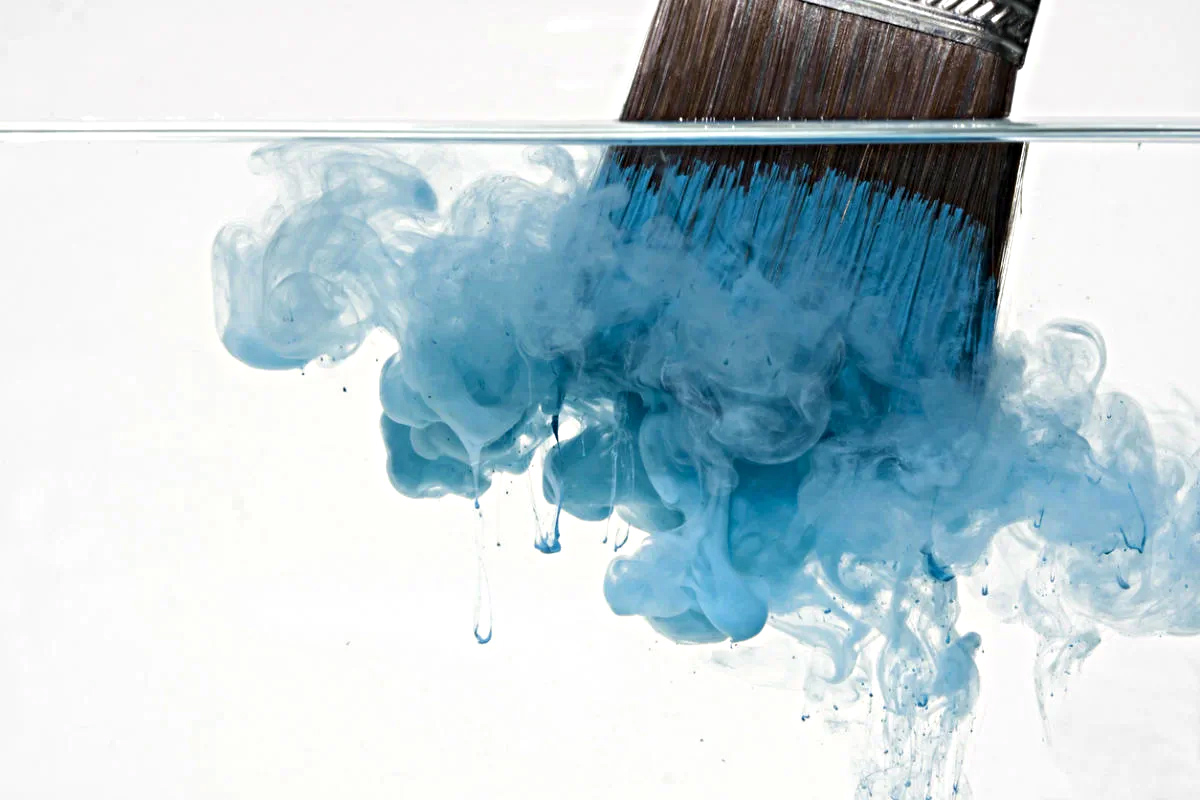
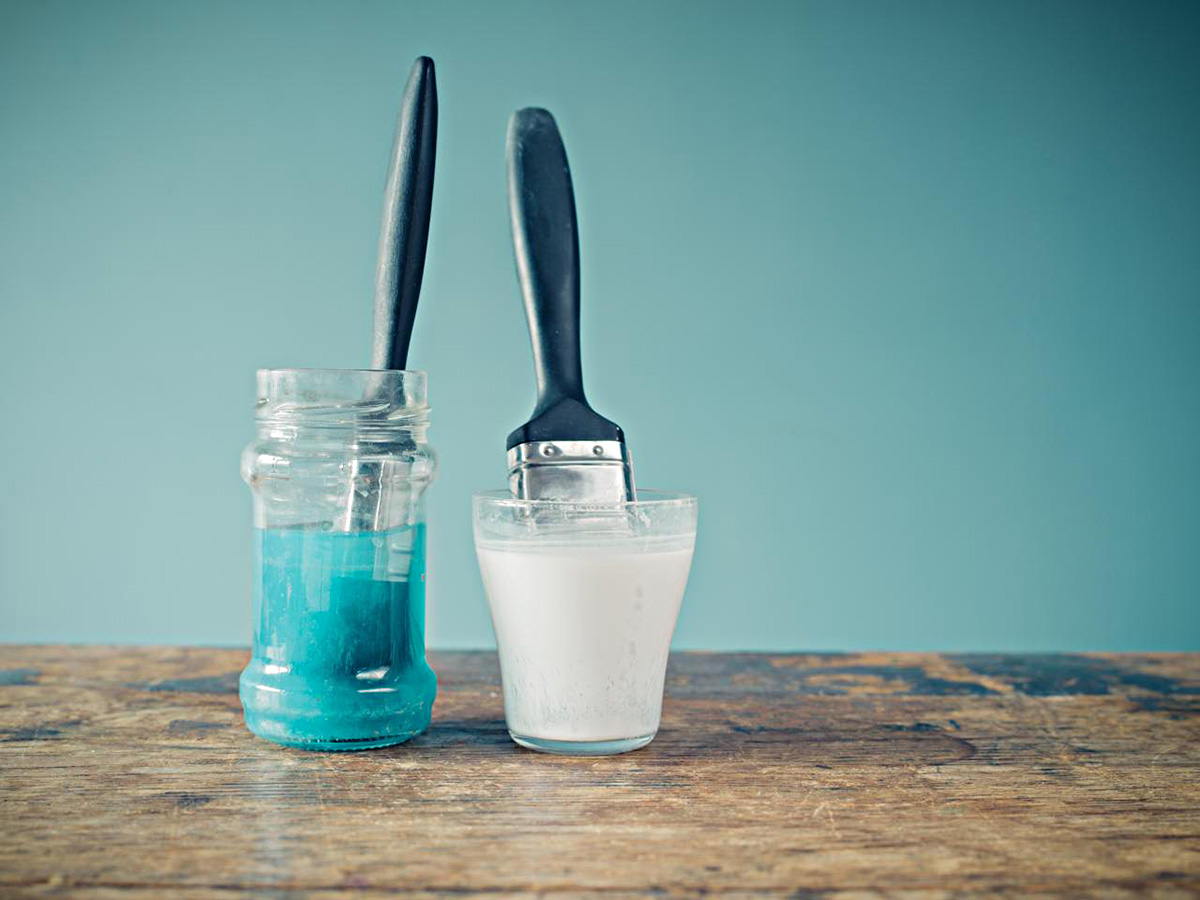

0 thoughts on “How To Clean Enamel Paint Brushes”